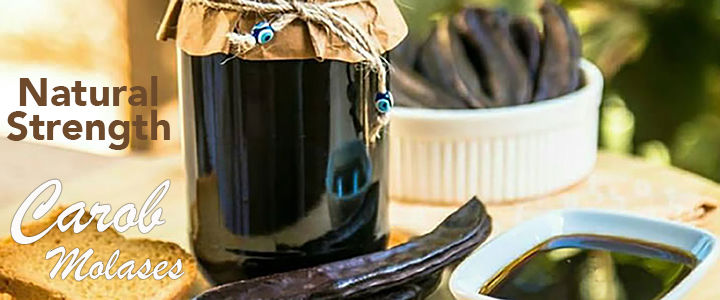English
You have no items in your shopping cart.
Bakkal's Bazaar Shop
EVIL EYE Bracelet Collection #5 (1pc)
The evil eye (Turkish: Nazar, Greek: μάτι mati, "eye"; Hebrew: עַיִן הָרָע; Arabic: عين ayn; Persian: چشم cheshm) is a superstitious curse or legend, believed to be cast by a malevolent glare, usually given to a person when one is unaware. The evil eye is a superstitious curse or legend, believed to be cast by a malevolent glare, usually given to a person when one is unaware. It dates back at least to Greek classical antiquity, 6th century BC where it appeared on Chalcidian drinking vessels, known as 'eye cups', as a type of apotropaic magic.
$9.99
EVIL EYE Bracelet Collection #4 (1pc)
The evil eye (Turkish: Nazar, Greek: μάτι mati, "eye"; Hebrew: עַיִן הָרָע; Arabic: عين ayn; Persian: چشم cheshm) is a superstitious curse or legend, believed to be cast by a malevolent glare, usually given to a person when one is unaware. The evil eye is a superstitious curse or legend, believed to be cast by a malevolent glare, usually given to a person when one is unaware. It dates back at least to Greek classical antiquity, 6th century BC where it appeared on Chalcidian drinking vessels, known as 'eye cups', as a type of apotropaic magic.
$9.99
SARELLE Bitter Cocoa Spread w/Hazelnut 350g
In order to enrich your breakfast tables, you can consume the sardine with bread or pancakes, and you can suppress your hunger or sweet cravings by choosing it for snacks. Sarelle hazelnut paste delivered to the consumer in special glass jars, if stored in a cool and dry place, preserves its taste and smell for a long time.
$9.49
SEYIDOGLU Tahini Halva w/Cocoa 300g
Halva (also halvah, halwa, and other spellings) is a type of confectionery originating from Persia and widely spread throughout the Middle East. The name is used for a broad variety of recipes, generally a thick paste based on flour, sesame or semolina, finely ground seeds or nuts, and sweetened with sugar or honey.
$5.99
SARELLE Cocoa Spread w/Hazelnut ''No Sugar Added'' 350g
Sarelle sugar-free cocoa hazelnut paste is produced without sugar for those who do not want to consume sugar. In order to enrich your breakfast tables, you can consume the sardine with bread or pancakes, and you can suppress your hunger or sweet cravings by choosing it for snacks. Sarelle hazelnut paste delivered to the consumer in special glass jars, if stored in a cool and dry place, preserves its taste and smell for a long time.
$9.99
SEYIDOGLU Tahini Halva w/Pistachio 300g
Halva is any of various dense, sweet, tahini based confections. In global, popular usage it means "desserts" or "sweet", and describes two types of desserts: Flour-based: This type of halva is slightly gelatinous and made from grain flour, typically semolina. The primary ingredients are clarified butter, flour, and sugar. Nut-butter-based: This type of halva is crumbly and usually made from tahini (sesame paste) or other nut butters, such as sunflower seed butter. The primary ingredients are nut butter and sugar.
$7.99
.gif)

















































.jpeg)